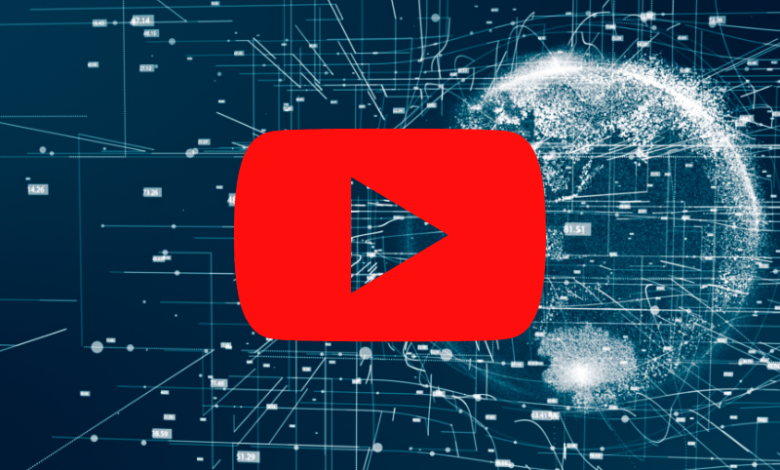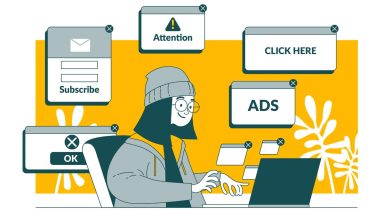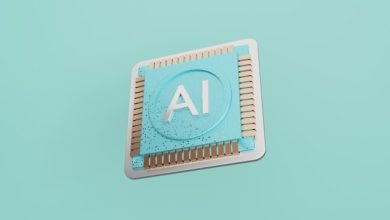
Over the past two years, AI has permeated every aspect of the creator economy, a market projected to be worth 895 billion by 2032.
Statistics show that 92% of creators have already made generative AI an integral part of their workflows, leveraging it for a wide variety of tasks.
Recently, video content in particular has seen a spike in AI influence. YouTube has repeatedly hit the news for contradictory moves, from using AI to alter videos without creators’ consent to for restricting monetization for AI content.
So how can YouTube creators leverage AI to boost their efficiency and grow their audience, while also staying authentic and true to their unique voice – and without risking their channel income?
Here’s everything you need to know.
YouTube’s Rapid Adoption (and Restriction) of AI
YouTube is leaning heavily into AI – specifically, into providing AI features to its creators.
These range from tools to generate ideas for content to an AI chatbot to provide analytics insights. Recently, the platform also saw some backlash because it deployed AI to enhance the quality of videos without informing either users or creators or asking for consent from the latter.
Judging by these moves, it would seem that YouTube is all-in when it comes to AI.
However, there have been updates to the YouTube Partner Program – the platform’s prime monetization avenue – that clearly highlight limitations. Specifically, YouTube announced that it would restrict the monetization of “AI slop” content farms. These are channels that upload solely low-quality AI-generated content en masse to drive clicks and views and, therefore, ad earnings.
The upshot? YouTube appears to fully integrate AI as a support tool for creators to produce more engaging content. Not as a replacement for human creativity or actual creative effort.
Authenticity Remains Key
This is perfectly in line with what we see in practice. Working with hundreds of creators across niches at Tasty Edits, a video editing and YouTube channel management service, we’ve observed that the most successful creators are those that put authenticity first.
YouTubers’ greatest asset in growing their channels and sustainably building an engaged audience is their unique voice and their personality. It’s those creators who fully lean into these aspects while sharing their passions and expertise with their viewers who see the fastest increase in their reach, and the highest levels of engagement among their followers.
Does that mean that creators should steer completely clear of AI? Nope. Most have already integrated it into their workflows as a way to enhance efficiency – from generating ideas to getting more actionable analytics insights to inform their content strategy.
Improved Analytics and Idea Generation
There’s a massive range of possibilities for integrating AI into content creation workflows that aim to increase overall productivity without sacrificing the human touch that’s key to YouTube success.
Two of them are offered by YouTube itself, launched recently through YouTube Studio.
YouTube Inspiration now provides creators with suggestions for new viral content ideas. Based on recent trends in their niche, the performance of their own content, and the interests of their followers, Inspiration generates ideas that YouTubers can riff off of, adopt, or interact with.
Another novelty is Ask Studio, an AI chatbot that helps creators answer questions related to their channel. Which recent video performed particularly well and why? What are your followers saying about your editing style? Especially for creators who are daunted by the mass of metrics in YouTube Studio’s Analytics tab, Ask Studio is a fantastic way to instantly get actionable insights.
Beyond finding ideas, generating drafts, and speeding up analytics, AI can also work as an amazing support when it comes to video post-production, especially editing.
Enhanced Video Editing Workflows
While AI video editors can, in fact, fully automate the editing process, the final products that emerge from these tools are typically mediocre. At best.
This is not surprising. After all, cuts, transitions and color grading based on a huge training dataset and statistical probability distribution are incapable of reflecting a creator’s unique style.
However, AI tools are a valuable asset for professional video editors in producing better deliverables at shorter turnaround times. Pro-level video editing suites like Adobe Premiere Pro, Final Cut, and Da Vinci Resolve have all rolled out AI-powered functionalities to make editors’ lives easier. These include text-based editing, generative extend, subtitle generation and translation, auto-color-grading, morph cuts, auto-ducking, and auto-reframe, to name just a few.
In the hands of a seasoned video editing professional, these AI tools can produce jaw-dropping effects and high-level first drafts of edits while staying perfectly attuned to a creator’s voice.
The Bottom Line: Balancing Efficiency and Immediacy
Ultimately, what we see in practice and what YouTube communicates through the tools and guidelines it is rolling out makes one thing clear. For video creators, AI is an invaluable support tool when it comes to producing content. It is not a panacea for a lack of creativity or charisma.
To sustainably grow an engaged audience and implement a long-term monetization strategy, creators need to hone their voice and streamline their creative processes. For this latter challenge, though, AI can be a valuable asset – if used correctly.
Bio:
Alex Lefkowitz is the founder and CEO of Tasty Edits, a video editing and YouTube channel management service. Since 2020, he’s worked with hundreds of creators to grow their channels. Currently, Tasty Edits’ team is made up of over 35 professional video editors, graphic designers, channel managers and marketing specialists who have edited over 15,000 videos and earned creators billions of views.




